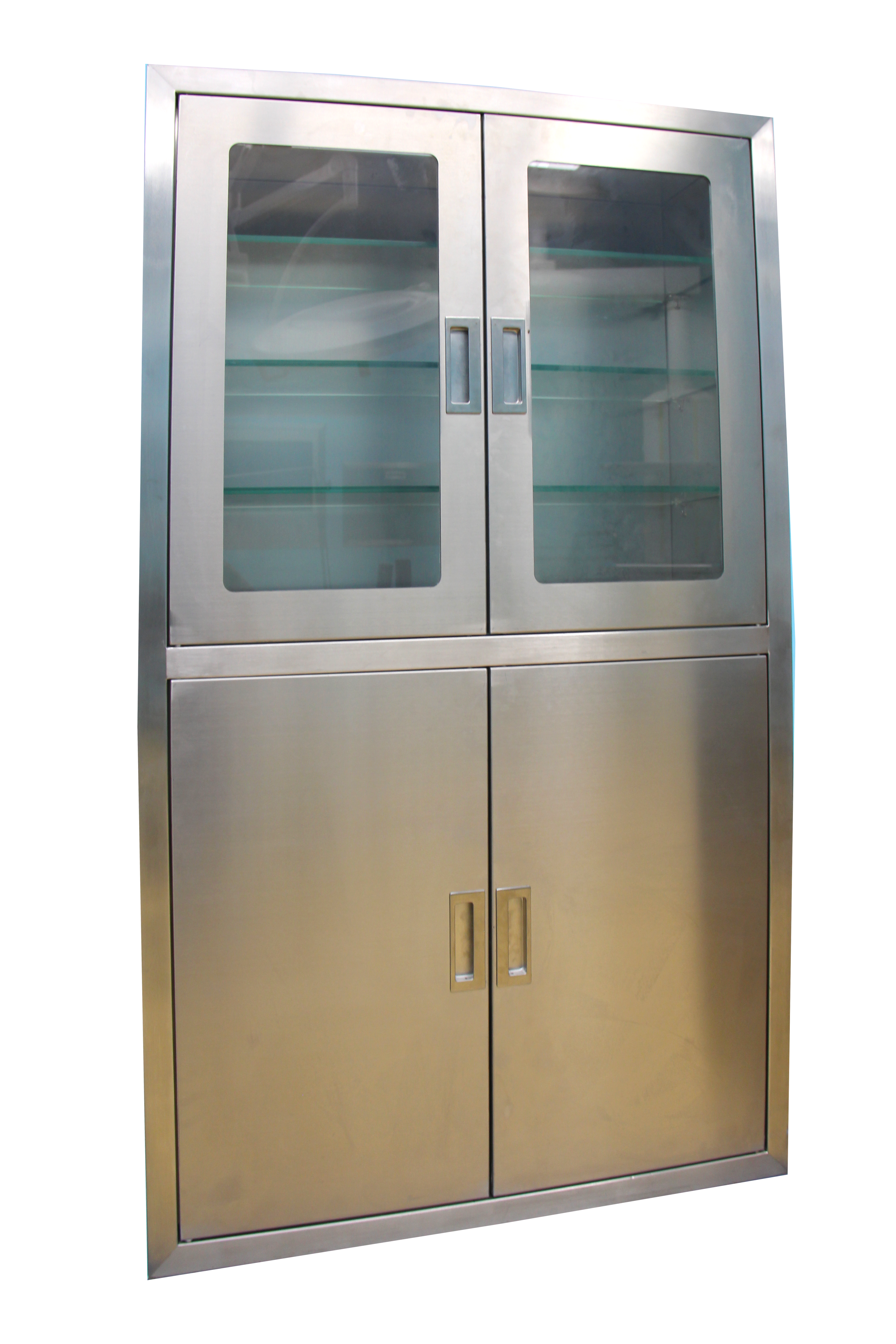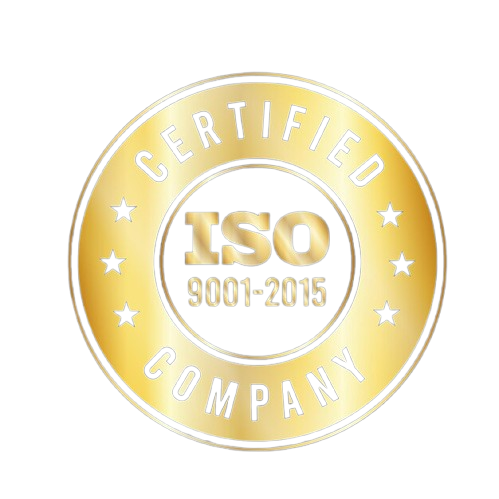Understanding ISO Standards for Cleanroom Classification and Performance
Cleanrooms play a vital role in industries where even the smallest contaminants can compromise quality, safety, or functionality. To ensure that these environments meet stringent requirements for cleanliness, air quality, and performance, the International Organization for Standardization (ISO) has established a set of standards known as ISO 14644. These standards offer a comprehensive framework for classifying cleanrooms based on airborne particle counts, contamination control, and overall operational performance.
At Wise Link, we understand the importance of adhering to ISO standards in cleanroom design and maintenance. Our cleanroom solutions are built to meet these rigorous standards, ensuring that clients achieve the desired classification and maintain consistent air quality. This guide explains ISO standards, how they apply to cleanrooms, and how Wise Link can support compliance, safety, and efficiency in cleanroom environments.
1. What Are ISO Standards for Cleanrooms?
ISO standards for cleanrooms are part of the ISO 14644 series, a globally recognized set of regulations that define requirements for cleanroom classification and performance. These standards guide the construction, operation, and maintenance of cleanrooms to limit particulate contamination in environments used in industries such as pharmaceuticals, biotechnology, electronics, aerospace, and healthcare.
The core objectives of ISO 14644 standards are:
- To define acceptable levels of airborne particulate concentration within cleanrooms.
- To establish measurement and monitoring protocols to maintain cleanliness and air quality.
- To ensure consistent performance that aligns with the demands of critical industries.
ISO 14644 replaced the older Federal Standard 209E, which was previously used to classify cleanrooms. By adopting a broader, more precise classification system, ISO 14644 enables industries worldwide to adopt consistent, universally recognized cleanliness standards.
2. Cleanroom Classification Under ISO 14644
ISO 14644 cleanroom classification is based on particle concentration limits within a specific volume of air. These classifications, ranging from ISO Class 1 to ISO Class 9, indicate the allowable number of particles of a particular size per cubic meter. Lower ISO classes, such as ISO Class 1, represent higher levels of cleanliness, suitable for industries with stringent contamination control needs like semiconductor manufacturing.
ISO Classifications for Cleanrooms:
- ISO Class 1 to ISO Class 3: These cleanrooms are highly stringent and used in critical environments such as semiconductor fabrication and nanotechnology research. ISO Class 1 allows only 10 particles ≥0.1 μm per cubic meter.
- ISO Class 4 to ISO Class 6: Commonly used in industries such as pharmaceuticals and biotechnology, these classifications support environments where cleanliness is crucial for product safety and efficacy.
- ISO Class 7 to ISO Class 9: Suitable for less sensitive environments, including automotive manufacturing and some food processing sectors, where cleanliness is important but less critical.
Wise Link’s Approach: We customize cleanroom solutions to meet the required ISO classification. By assessing particle limits, operational requirements, and industry-specific needs, we design and build cleanrooms that support both high-performance standards and regulatory compliance.
3. Key Elements of ISO 14644 Standards
ISO 14644 is divided into multiple parts, each addressing specific aspects of cleanroom standards and performance. Here are some of the essential sections:
- ISO 14644-1: Classification of Air Cleanliness by Particle Concentration: This section outlines the classification system and particle concentration limits for different cleanroom classes. It details how to measure particle levels and establish a cleanroom’s ISO class.
- ISO 14644-2: Specifications for Testing and Monitoring: This part focuses on testing, monitoring, and validating air cleanliness levels. Regular monitoring is essential to ensure that a cleanroom maintains its classification under actual operating conditions.
- ISO 14644-3: Test Methods: This section details the test methods used to verify cleanroom performance, including air pressure differentials, airflow patterns, and filter integrity. It ensures that cleanroom environments meet the cleanliness levels required for their classification.
- ISO 14644-4: Design, Construction, and Start-Up: Part 4 provides guidelines for cleanroom design and construction, including considerations for airflow, pressure, and materials. Following these guidelines helps ensure that a cleanroom is built to meet industry standards from the outset.
- ISO 14644-5: Operations: This section outlines best practices for cleanroom operations, including cleaning protocols, personnel hygiene, and contamination control. Proper procedures are essential for maintaining the cleanliness levels required by ISO classifications.
- ISO 14644-7: Separative Devices (Mini-Environments): Focuses on mini-environments within cleanrooms, such as laminar flow cabinets and isolators, used to protect critical processes from contamination.
Wise Link’s Compliance: We ensure that all cleanroom solutions align with these standards, from initial design and construction to operation and monitoring. This commitment to compliance ensures our clients meet regulatory requirements and maintain optimal air quality in their cleanrooms.
4. Achieving and Maintaining ISO Cleanroom Standards
Achieving ISO compliance requires a combination of design considerations, testing, and ongoing maintenance. Here are key practices for achieving and maintaining ISO standards in cleanrooms:
- Effective Filtration Systems: HEPA and ULPA filters play a crucial role in meeting particle concentration limits. These filters capture airborne contaminants, ensuring that air quality aligns with ISO classification levels.
- Controlled Airflow Patterns: Cleanrooms rely on laminar or unidirectional airflow to minimize particle movement. Positive pressure is also maintained in high-class cleanrooms to prevent contaminants from entering.
- Rigorous Testing and Monitoring: ISO 14644-2 specifies the need for regular testing to verify air quality. Particle counts, pressure differentials, and airflow patterns should be monitored continuously to maintain compliance.
- Strict Operational Protocols: Proper handling, cleaning procedures, and personnel protocols are essential for contamination control. This includes using cleanroom-approved attire and following specific entry and exit protocols.
Wise Link’s Support: We provide clients with a comprehensive approach to ISO compliance. From choosing the right filtration systems to setting up monitoring processes, our cleanroom designs are geared to sustain high performance and meet regulatory standards.
5. ISO Standards and Industry-Specific Cleanroom Requirements
Different industries have unique contamination control needs, and ISO standards help address these variations. Here are some examples of how ISO standards apply in different sectors:
- Pharmaceuticals and Biotechnology: These industries require ISO Class 5 or higher for critical processes like aseptic filling. Compliance with ISO standards, often in conjunction with GMP (Good Manufacturing Practice) guidelines, is essential for product safety.
- Electronics and Semiconductor Manufacturing: ISO Class 3 and ISO Class 4 cleanrooms are often required in semiconductor manufacturing, where even the smallest particles can damage sensitive components.
- Healthcare and Medical Devices: Cleanrooms in this sector must meet ISO standards to prevent contamination in device manufacturing and packaging, as well as align with FDA regulations.
Wise Link’s Industry-Specific Solutions: Our cleanroom solutions are tailored to meet the regulatory requirements of various sectors. Whether a client requires ISO Class 3 conditions for electronics or ISO Class 5 for pharmaceuticals, we provide the expertise to achieve optimal cleanroom conditions.
6. How Wise Link Supports ISO Compliance in Cleanroom Design and Operation
Wise Link’s commitment to ISO standards extends across our cleanroom solutions, including design, construction, and ongoing maintenance. Here’s how we help clients achieve and maintain compliance:
- Customized Design for ISO Standards: Our team evaluates each client’s needs to create a cleanroom design that meets specific ISO classifications. We consider factors like particle limits, industry requirements, and environmental control, ensuring every cleanroom is equipped to maintain its classification.
- Advanced Filtration and HVAC Systems: We use high-efficiency HEPA and ULPA filters to control particle levels and incorporate energy-efficient HVAC systems for optimal airflow. These systems are customized to meet ISO standards while reducing energy consumption.
- Comprehensive Testing and Monitoring: Our solutions include particle counting and air quality monitoring systems to support ISO 14644-2 compliance. By implementing continuous monitoring, we help clients detect and resolve potential contamination issues promptly.
- Expert Guidance and Support: With over 15 years of experience in cleanroom design, Wise Link provides clients with expert guidance on best practices for maintaining ISO compliance. From operational protocols to filter replacement schedules, we support every aspect of cleanroom maintenance.
Conclusion: Achieving Excellence with ISO-Compliant Cleanrooms
ISO standards for cleanrooms provide an essential framework for maintaining air quality and contamination control, enabling industries to operate safely and efficiently. By adhering to ISO 14644, businesses can ensure that their cleanrooms meet the highest cleanliness standards, safeguarding products, processes, and personnel.
At Wise Link, we are dedicated to delivering cleanroom solutions that align with these rigorous standards. Whether you’re establishing a new cleanroom or upgrading an existing facility, we provide the expertise and resources needed to achieve ISO compliance and sustain a high-performing cleanroom environment. Contact Wise Link today to learn more about how we can support your cleanroom goals and ensure the highest levels of quality and compliance.
Ready to Meet ISO Cleanroom Standards?
Wise Link’s tailored cleanroom designs ensure top performance and ISO compliance for your industry. Speak with our experts today to learn how we can help you build a future-ready cleanroom.




